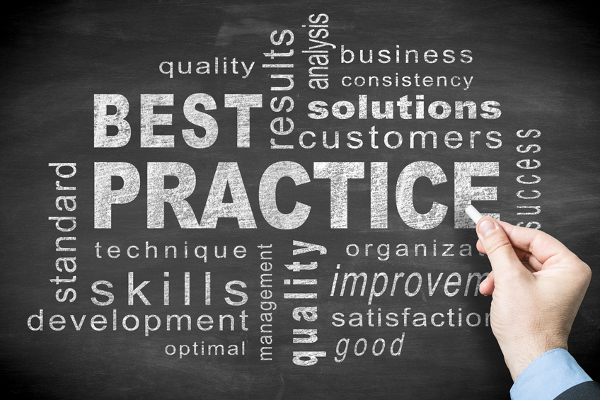The workforce and technology are both changing rapidly. It’s hardly a surprise, then, that human resource professionals are rethinking the way they do things, too. Sticking to the same old strategies and routines is as passé as a paper resumé. We asked two leading HR experts to suggest some updated best practices–their answers may surprise you.
Get with the gig economy. “The big news for HR leaders is that we have many more freelance workers today,” says Jeanne Meister, bestselling author of The Future Workplace Experience: 10 Rules for Mastering Disruption in Recruiting and Engaging Employees (McGraw Hill). “According to a recent study, gig workers account for 34% of the workforce, or 54 million people.”
What this means is that certain longstanding company policies could use rethinking–and HR departments might have to lead these conversations with management. “Among the questions you may need to ask are, ‘Should freelancers have access to the same training processes and certifications as our full-time employees do?’ and ‘Should gig workers have mentors and coaches, and receive the same holidays as the rest of the staff?’”, says Meister. You don’t want different departments having different policies for these workers, she warns, since it’s a recipe for resentment. Instead, she advises, “Set up a cohesive policy and be a leader.”
Be bot-friendly. The modern workplace goes beyond a blend of full-timers and freelancers, says Meister. Increasingly, companies are bringing a third kind of “worker” on board: bots. These aren’t actual robots–it’s an umbrella term for smart technologies, such as apps and voice-driven devices that can perform tasks more quickly and efficiently than a human could. “These bots are now being targeted to the HR departments,” says Meister.
Need a clearer idea of how bots might work? Picture an employee texting an app a question about his company’s T&A guidelines and getting an instant reply, rather than having to leaf through a thick manual or wait for a time when an HR staffer is free to talk. Picture, too, an HR person using an online platform to find the best interview questions to ask any given candidate. By 2017, says Meister, iIt’s estimated that more than 25% of the Global 100” –the planet’s 100 most sustainable corporations, that is — “will have customized apps for their organization.” Why not follow their example? “HR needs to explore and leverage the latest smart technology to improve its productivity,” Meister urges.
Dial up the detail in job descriptions. With employment laws evolving, and discrimination and retaliation lawsuits on the rise, it’s never been more important to spell out workers’ duties from the start. “Think of the job description as the hub of a wheel,” explains Karen Young, senior professional in human resources and author of Stop Knocking on My Door: Drama-Free HR to Help Grow Your Business (Advantage). “Everything else stems from it, from pay to performance evaluation.”
Young recommends listing not only the tasks associated with each position, but the physical requirements and the work environment in which they will be performed. “Does the job require someone to stand on cement for eight hours a day? If I have an applicant or injured employee who can’t physically do that because of a temporary or permanent disability, I need to demonstrate that it’s an essential part of the job,” she says. Otherwise, you open to the door for legal complaints.
Do more documentation training. This is another practice that can help protect companies from costly conflicts and lawsuits, says Young. Simply put, documentation training is the act of showing managers how to properly and promptly document any incidents that happen on their watch. It’s as essential as any other type of on-the-job learning, Young stresses.
You’d be surprised how many supervisors don’t document troubling incidents, and instead rely on memory alone to recall them. “Partly, it’s because when they think about documenting things, they think it means sitting down and writing a whole essay,” says Young. Explain that it’s fine just to send HR a brief e-mail about it, or write down the bare basics (“Spoke to Melissa about her lateness on X date.”) The important thing, says Young, “is to record incidents in real time. Individuals have between six months and a year to bring a complaint to management’s attention–how will management remember the interaction unless they have it documented?”
Make the workplace an experience. “Employers who want to attract the best talent have to understand that work is more than a job these days. People are looking for an employer that taps their emotional connection. They want to work for an organization that is purpose-driven, and makes an investment in them–in their learning and their career,” observes Meister. It may mean more effort on your end–but ultimately it will also mean a top-notch workforce.

